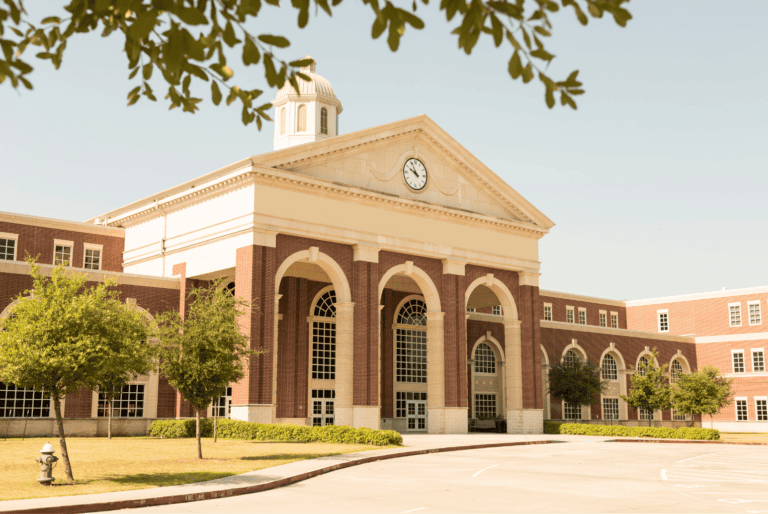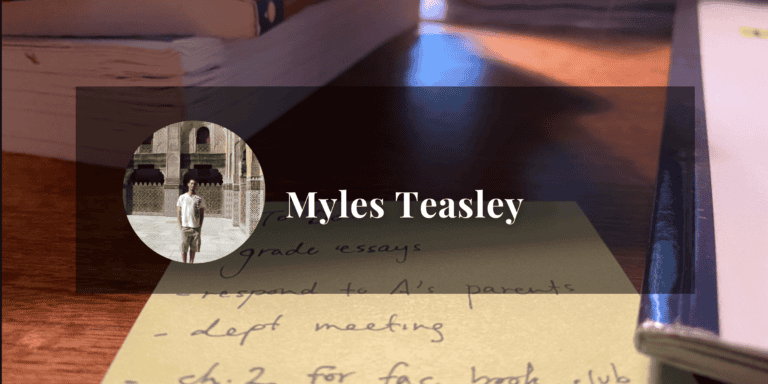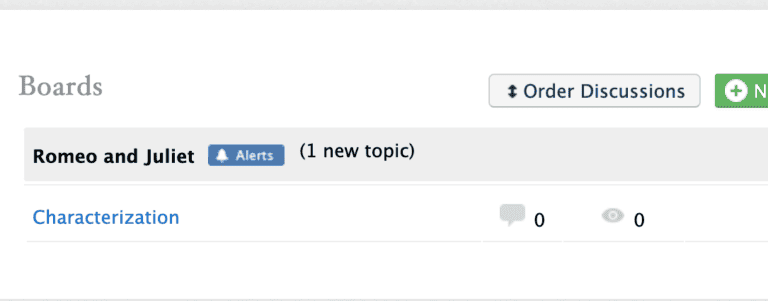Beyond the Pride Month Syllabus
In honor of the month of Pride, here are three resources that capture some perspectives and soundbites on the LGBTQ+ experience to fuel reflection, revision, and reinvigoration in the educator’s work toward inclusion.
Glossary UC Davis, “LGBTQIA Resource Glossary” The list of labels people use to describe their sexual orientation and gender is constantly evolving – the growth of the acronym “LGBTQIA” testifies to this fact. UC Davis has put together a list of these terms “to help give others a more thorough but not entirely comprehensive understanding of the significance of these terms.” These labels create a powerful sense of mutual understanding and self-acceptance. The more specific these identifiers become, the more unique spaces can form for community members in which they can be recognized and heard. The list includes terms that may not seem to be directly related to sexual and gender identities, but are still important to recognize for the sake of intersectionality. As allies and educators, learning and teaching these names is one simple step to take towards inclusion. Knowing and prepared to employ inclusive language in schools can help any community member feel welcomed and reduce the imperative to explain a part of their identity.
Anthem Rina Sawayama, “Cherry” Rina Sawayama has been recognized as the next big thing in pop music by many, and “Cherry” is her proud proclamation of her pansexual identity. In this interview, this friend of Elton John talks about her mission to create space “both for herself and others.” She speaks of her fear in presenting such a personal, yet integral, part of herself, but how overwhelmingly worthwhile it was, due to the encouraging response she received. In between scenery of an encounter between her and a love interest, she exemplifies common feelings of growing up queer: “ When they tell you that you’ve got yourself to blame, even though it’s not your fault, but your heart just wants to know.” The success of artists like Sawayama testifies to the need of unapologetically queer voices in music, whose words illustrate that, for those with marginalized identities, spaces can be made if words can be spoken. Educators can apply the same idea to building a community that values inclusivity. We recommend reading up on Sawayama’s work and message to think critically about what it means to actively create space, especially for queer students, to speak authentically in the classroom.
Book Bryan Washington, Memorial After critical acclaim of his debut piece Lot, there was much anticipation for Bryan Washington’s first novel, Memorial. Named the New York Times’ Best Book of the Year for 2020, Memorial is a scintillating piece that explores how our intersectional identities may respond to those who enter our lives. The novel follows Benson and Mike, a young gay couple living in the Third Ward of Houston. At a time when their relationship is due for a reckoning, Mike suddenly drops everything and travels home to Japan to care for his estranged and ailing father at the same time Mike’s mother, Mitsuko, comes to visit. Ben and Mitsuko, strangers to one another, are forced to live together. Without the influence of each other’s closeness, Ben and Mike begin their respective journeys away from one another and into themselves. On opposite sides of the world, they deal with strangers, fathers that never quite accept their sexuality, and new familial bonds, and this parallelism has the chance to lead the two back to each other. Washington’s use of first person vernacular gives one some understanding of how LGBTQ-identifying people may move through this world, seeking the very same things as anyone else. There are many parts of the experience described in Memorial that are specific to queer experience, but readers, regardless of sexual or gender identity, will find themselves empathizing with Ben and Mike and be swept into their desire for love and respect. Read Memorial to enter into and celebrate the depth of a queer love story.






